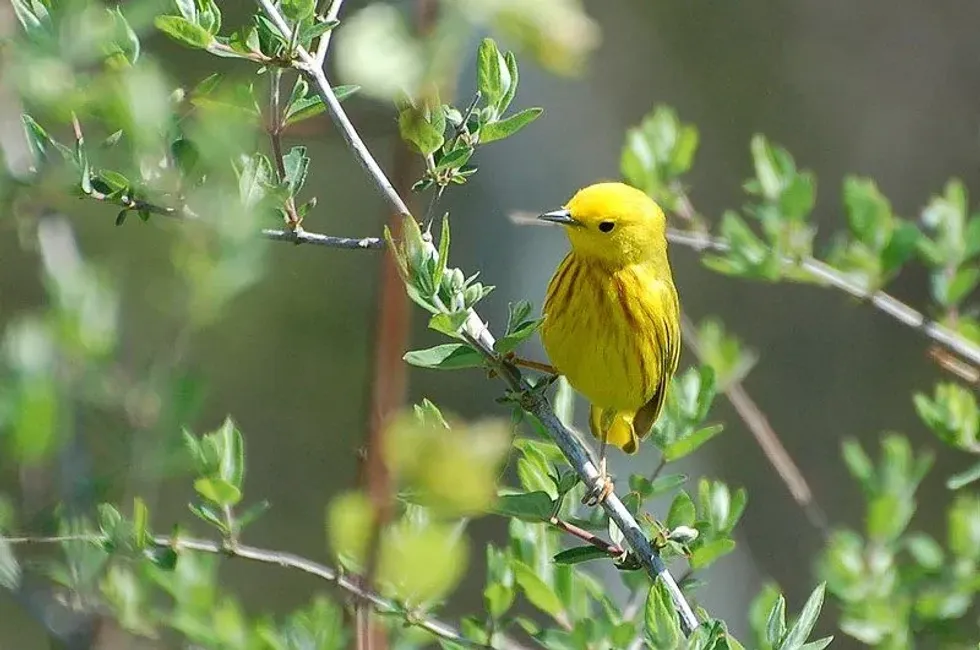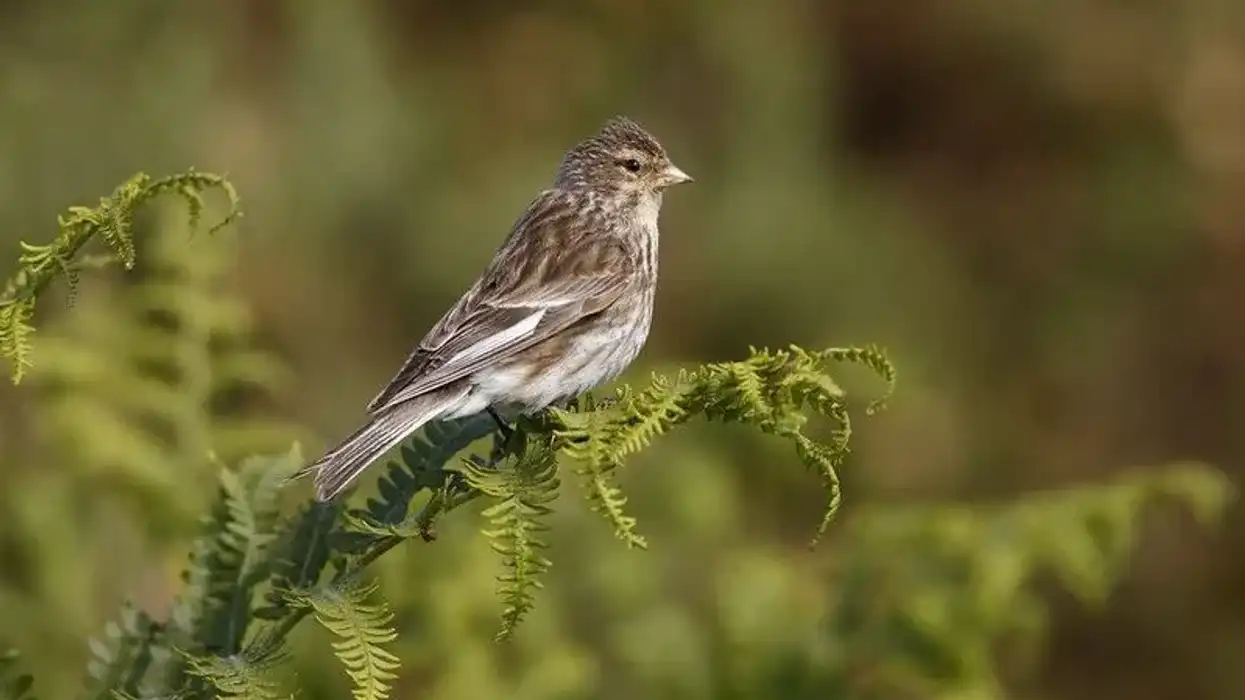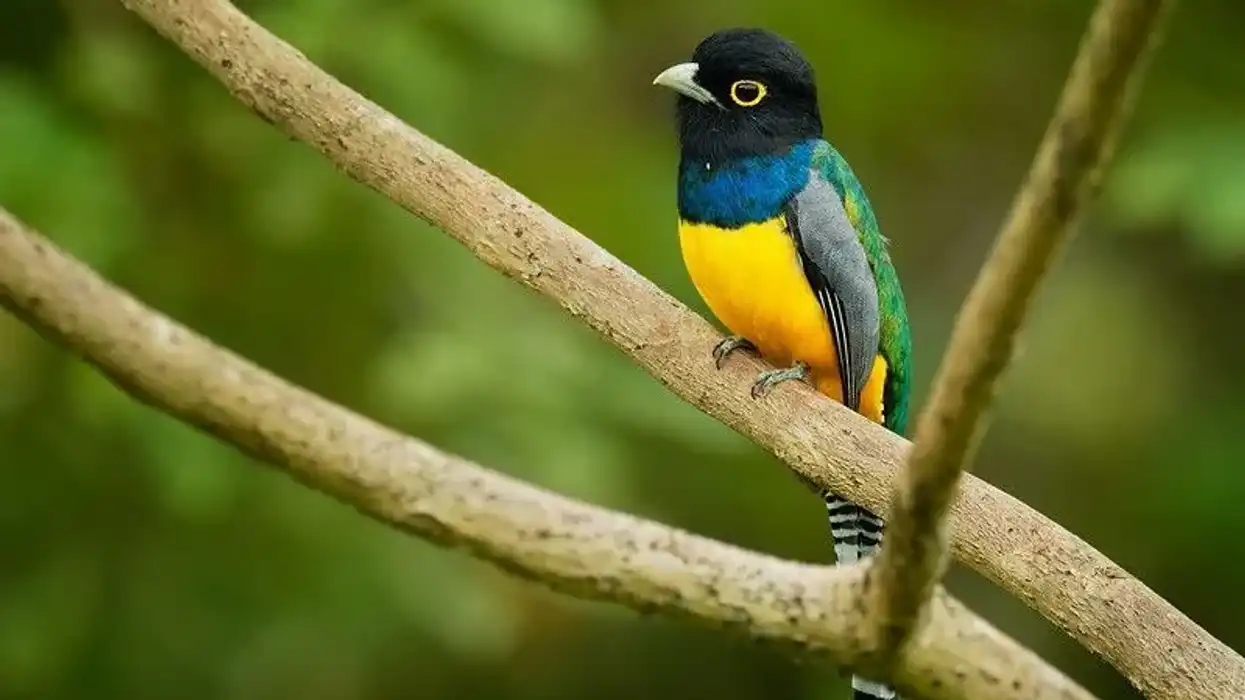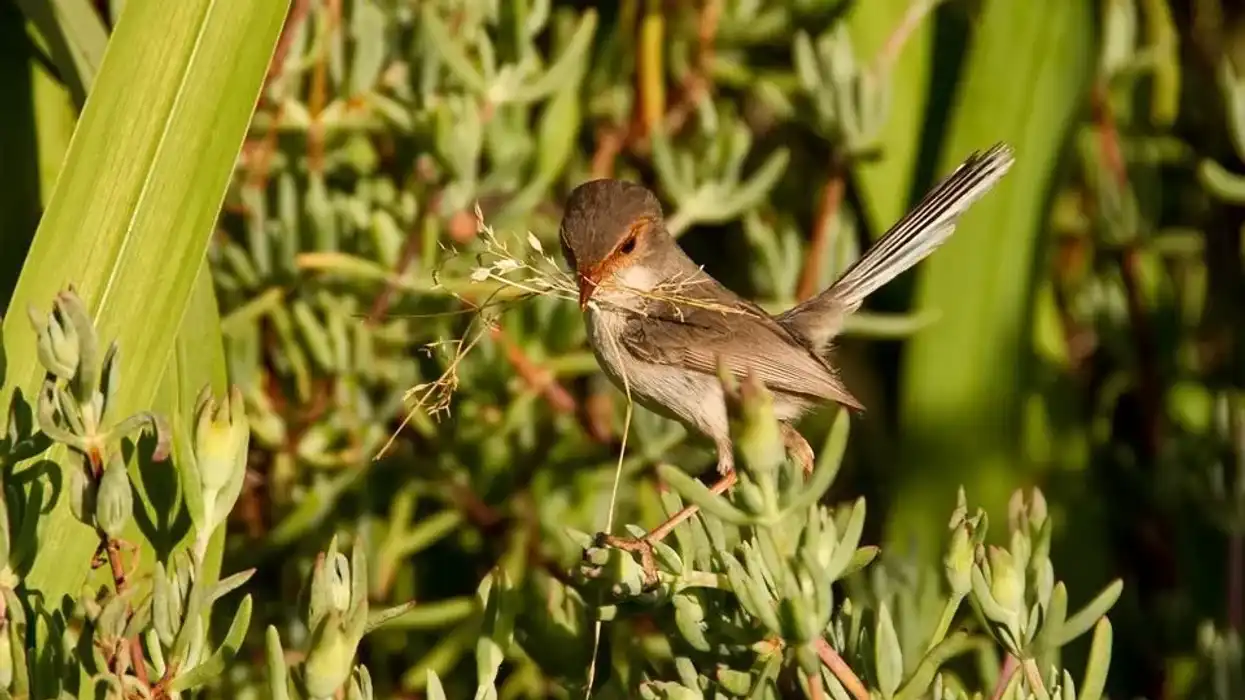A yellow warbler (Setophaga petechia) is mainly a North American songbird. Yellow warblers' breed is widespread, so they make up to 50% of the bird species that exist, and they have various subspecies as well throughout the world.
A yellow warbler ranges from North America to Central America and parts of South America as well. These North American birds are golden yellow with streaks of reddish rust color on their underparts. A yellow warbler prefers a swampy habitat as they are insectivores.
Interestingly, a yellow-throated warbler's song is considered to be joyful and fun. They belong to the family of Parulidae and are migratory birds.
The major difference between finches and warblers is their bills. Finches have conical broad beaks, whereas warblers have straight sharp bills.
A yellow warbler, female or male, has some behaviors in common such as being territorial yet joyful, and these northern birds are diurnal. That is, they do all their courses from breeding to foraging during the daytime. They are widespread and are not yet declared as endangered species.
In a unique turn, if they fail at breeding once, then they won't try to breed again. They lay between one and six eggs, and their eggs are of green color with some speckles. After two weeks, their young leave the nest and are independent.
To know more about this fascinating bird, read on this gathered set of interesting facts about them for you to read. You can also read up more articles on the wandering albatross and the kestrel.
Yellow Warbler Interesting Facts
What type of animal is a yellow warbler?
A yellow warbler is a type of bird that belongs to the order Passeriformes, family Parulidae.
What class of animal does a yellow warbler belong to?
Yellow warblers are birds, and they belong to the family of Parulidae and the class of Aves.
How many yellow warblers are there in the world?
There is no such survey done to calculate the total number of yellow warblers that exist. However, these North American birds are widespread, and so their population is considered to be large. Some reports suggest that there are around 92 million.
Where does a yellow warbler live?
Yellow warblers are mainly found in moist regions such as swamps, open woodlands, and other regrowing and moist habitats, necessarily along wetlands and rivulets. They generally prefer marshy and moist habitats because a yellow warbler's diet mainly consists of insects, and insects are found in abundance in the swampy areas.
They live in yellow warbler nests built on vertical branches of a tree or a bush such as a honeysuckle, willow, and white cedar. They are mainly known to be found in North America and northern South America.
What is a yellow warbler's habitat?
A yellow warbler prefers terrestrial, temperate, and tropical habitats, including swampy and marshy areas in specific. At times, they may also dwell in some dry areas like thickets, among aspen trees in the Rockies, low birch stands in the tundra, and along the field and forest edges of the East.
A yellow warbler is often found in small trees like dogwood, blueberry bogs, willow, alder, orchards, honeysuckle, and even mangrove forests during winter.
Farmlands, suburban courtyards, and lawns are where they live more often. They generally spend more of their breeding season in the swampy areas.
Who do yellow warblers live with?
Yellow warblers usually live alone while foraging in the forests, but they join large flocks of yellow-rumped warbler birds during the winter season. In a nutshell, they live in flocks during the winters and during the breeding season and alone during the rest of the year.
How long does a yellow warbler live?
A yellow warbler has a decent life expectancy; that is, they live for around 9-10 years in the wild.
How do they reproduce?
The yellow warbler's breeding season begins in late May and early June. Like a yellow-winged warbler, this species of bird migrates from their habitat of wintering grounds and lands in the northern parts for their breeding and reproduction which takes at least 45 days.
A yellow warbler bird begins mating with a somewhat intricate courtship conducted by the males, who sing over 3,000 songs within a day to attract their female mating partner. Primarily, yellow warblers are monogamous, which means they only have one mating partner, but they may occasionally be polygamous.
They are single-brooded, but if their first nesting trial fails, they are known to breed again. After mating, they lay their eggs, with an average clutch size being three to six eggs.
Their incubation period is 8-12 days. They feed their young for two weeks or even more until they leave the nest.
The female parent is solely responsible for feeding the young and constructing a nest from roots, twigs, and grass. The fledglings follow the mother, whereas the others remain with the father.
The adult male and females attempt to breed after they are around one year old. That is, their average age for sexual maturity is one year.
What is their conservation status?
According to the IUCN, International Union for Conservation of Nature, these birds are listed as 'Least Concern'. However, in other species of warbler, the yellow-bellied warbler is listed as 'Endangered Foreign Wildlife' by the United States' Endangered Species Act.
Yellow Warbler Fun Facts
What do yellow warblers look like?
Yellow warblers are small songbirds of North America that are bright yellow-colored birds with their plumage being in a shade of golden yellow, and their upper parts are tinted with olive. They are streaked with some reddish rusty color on their breasts and underparts.
They also feature yellow patches on their tail. Their face flashes their large black colored eyes.
Their tails are of ordinary size, a thin straight pointed bill, which is comparatively large, and yellow rounded heads. A male yellow warbler is brighter in color compared to a female, specifically during their breeding season.
How cute are they?
Yellow warblers are cute little songbirds and are fascinating. These vibrant little yellow birds are fun to come across or listen to. They are full of joy, and so they resonate energy and joy with their songs.
How do they communicate?
Yellow warblers mainly use three channels of communication, namely tactile, acoustic and visual. A yellow warbler call, like the yellow-rumped warbler call, consists of various notes made by the young who ask for food to indicate the proximity of predators and even in some different social situations.
These birds use a 'hiss' to indicate territorial defense and some other calls to describe nest defense.
A yellow warbler's 'seet' is the call that specifies their response against threats that are posed by cowbirds. The cowbird tries to capture the nests of the yellow warbler to lay their eggs.
These birds often practise singing to communicate between males and females. A yellow warbler sound or yellow-rumped warbler song is very soothing and a major part of their communication. They intend to attract the opposite sex as premating behavior. Out of them, the males usually sing, whereas females end their song by giving them a simple high-frequency 'chip' call.
Generally, they do not use any nonvocal notes for their communication. They may also communicate through various postures that are perhaps with touch. They perceive others' signs of communication through hearing, touch, excellent eyesight, and chemical sensations.
How big is a yellow warbler?
They are 4.7-5.1 in (11.9-13 cm) in length and have a wingspan of 6.3-7.9 in (16-20.1 cm). These birds are approximately half the size of house sparrows.
How fast can a yellow warbler fly?
There is no such appropriate calculation of their flying speed; they have an undulated speed. Hence, their flight speed is variable and depends on certain factors such as migration, diet, and habitat.
How much does a yellow warbler weigh?
An adult yellow warbler's weight ranges from an average of 0.3-0.4 oz (8.5-11.3 g). However, their weight may vary depending on different types of sub-species.
What are their male and female names of the species?
In terms of sex, there is no such classification based on males and females, and so they are collectively known as yellow warblers. Scientists refer to them as Setophaga petechia.
What would you call a baby yellow warbler?
A young or juvenile yellow warbler is referred to as a chick.
What do they eat?
Yellow warblers are primarily carnivores, so they prefer eating small insects such as caterpillars, bugs, leafhoppers, midges, beetles, and wasps. They catch these insects from the foliage or even when they are on some short flights, such as hovering to reach a branch or their nests or near a yellow-rumped warbler nest.
At times they also eat berries. Mainly they prefer small insects and larvae.
Are they aggressive?
Yes, the common yellow warbler is aggressive and territorial, especially males and the ones who are guarding their nests. Like the yellow belly warbler, yellow warblers aggressively watch their nests and protect the females and their eggs from any threats to their nest.
Would they make a good pet?
No, until now, there is no such information on yellow warblers being pets, but they are really good backyard feeders, so you can attract and feed them with some suet in your backyard or lawn.
Did you know...
A female yellow warbler was the oldest yellow warbler known and was over 11 years old when she was caught during a bird banding procedure.
How much do yellow warblers sing?
Males are to known to produce over 3,000 cheery, whistling songs and sing over 3,240 songs per day to attract females. The yellow warbler song is often loved by many of us, and most of us will have heard their songs.
What is the relationship between cowbirds and yellow warblers?
There is a very interesting relationship between cowbirds and yellow warblers. It has been observed that the brown-headed cowbird frequently takes over the nest of the yellow warbler.
The yellow warbler generally builds new nests above the nest that has been taken over by the cowbirds. When a yellow warbler detects a 'fraud nest', it builds a new nest on top of the already existing one and lays a new set of eggs. Interestingly, this layering of nests results in even six-tiered nests at times.
Here at Kidadl, we have carefully created lots of interesting family-friendly animal facts for everyone to discover! Learn more about some other birds, including green macaws and shrikes.
You can even occupy yourself at home by drawing one of our yellow warbler coloring pages.









